Fly F2 Carbon Helmet
Company: Fly Racing
Price: $319.95
- A very affordable helmet that competes with the high-end helmets out there.
- There are colors and styles for everyone.
- Light weight!
- There is really nothing to complain about with the Fly F2 Carbon.
- Some can speculate that without the meeting the Snell standard the helmet could be a lot lighter.
What it is
The Fly F2 Carbon Helmet uses aircraft grade carbon fiber and Kevlar composite construction to bring a lightweight helmet to the motocross market. It meets SNELL M2010, DOT, ECE and AS (Australian) helmet standards. The outer shell is constructed with aircraft grade woven carbon fiber and Kevlar composite materials for strength while remaining extremely light. On the inside two layers of EPS (Expanded Polystyrene), one softer and one slightly harder, combine for a more progressive impact absorption, or to be able to absorb both harder and softer hits. For venting the F2 Carbon has eleven intake and four exhaust vents to keep your head cool including three air intake vents above the goggle’s eye port to draw air from that area. A quick-release washable liner and cheek pads absorb sweat and remove with a quick-snap system. The trim is custom rubber molded with an integrated nose guard that helps keep rocks away from your honker. Machined aluminum screws, steel rivets, and steel D-rings are used to keep the weight low as well. It comes in sizes X-Small to 2XL and currently in 24 colorways.
How it works
My rules for helmets are pretty simple and have worked out so far. First is fit. I know a snug and comfortable fit is paramount in a helmet doing its job properly. Second is the weight of the helmet. The lighter the better. Then I want a lid that meets certain standards, which I have researched so I know what the helmet is expected to do. For me the Fly Carbon meets all of these criteria and at a very affordable price considering its weight and the standards it is passing.
First the weight. At 3.3 pounds it is on the lighter side of the spectrum due largely the carbon/Kevlar shell. And it is the lighter side of helmets meeting the SNELL standard that we had on hand to weigh and compare. There are advantages and disadvantages to all of the different materials used in shells, but understanding the typical properties of this material mix gives me confidence in the overall shell strength. More important than that to me is the differing densities of EPS foam used, which makes a lot of sense. Having too stiff of an internal foam is one of the biggest issues in head protection and a reason for a lot of the concussions you hear about or see. That said, you have to understand a helmet is a disposable, one-use, piece of safety equipment and once the softer EPS foam is compromised it no longer works. Once crushed it no longer does its job and the helmet is junk, no matter what the shell looks like.
Luckily I have not had to performance test the Fly helmet to its end yet. I’ve taken a few falls where my head may have touched the ground but it never hit the ground hard. What the helmet has done, a few times, and once enough for me to inspect the foam, was hit on branches or the side of a tree trunk. Here I’m pretty sure I got a feel for some of the stiffness of the shell as it makes a very loud crack or thump, like a drum or a bell to some extent, just not a tuned sound if you know what I mean. To me I felt these hits (and heard them) more that with a straight fiberglass-type shell but not as much as a polycarbonate plastic-type shell.
I felt the Fly F2 runs just a tad on the smaller side when it comes to fit. I’m a true medium and in the spectrum of helmets the size LARGE I wore was not as tight as I’d really like, but it was plenty tight to be safe. The MEDIUM I sampled was a little too tight at the top of the cheeks but I’ll bet with thinner cheek pads ($14.99) I would be happy. It was roomy in the face/eye port area but also padded enough to keep the helmet in place and positioned. In being roomy in the front, the chin bar does not stick out too far and some people commented it looked cramped, or close to my face. All but the largest framed goggles fit into the helmet, even those with nose protection.
The helmet is balanced and does not have a heavy front or back feeling. Especially on the front as the chin bar is heavily padded (nice feature) and some helmets with this suffer from a heavy nose feeling. The placement of the straps was consistent with most helmets and fit along the chin lines of anyone who tried it on.
The quality of the liner is average in fit and finish but held up to my excessive sweat and the extra washings that are required without any issues. Material-wise the mesh is not the softest stuff you’ve even put against your face but it does absorb sweat quite well. The liner and cheek pads are pretty much a no fuss install and pop right into place especially after you learn where the pop-in points are.
There are a number of non-closable vents that channel in enough air to be felt but it isn’t one of the most vented helmets we’ve tried with the exception of the chin bar. It does allow air in to ease breathing and cool your face but also stops the roost quite well. It also makes for minced bugs, they do taste sour most of the time. The visor has a fair range of movement and is fastened with nice aluminum fasteners. It is also fairly flexible and took a few bends and bumps without breaking. The matte finish on our helmet was one of the best matte finishes we've experienced as it cleaned up much easier than most, especially the stick and leave marks from the brush or even red clay that likes to stain things. The rubber trim around the helmet stayed in place and remained flexible.
With a $319.95 price for a light-weight helmet, you are really getting a bargain in price and value for you money. This helmet did everything we tested it for (we did not crash-test it nor do we have any reason to believe it wouldn't be absolutely acceptable, or we wouldn't even wear it) but it really does nothing wrong. There wasn't one real negative thing about it. With so many colors and styles you can surely find a look you like as well. So if the helmet fits, we say go ahead and wear this one.
Help support this site by purchasing through this link:
Leave a Reply
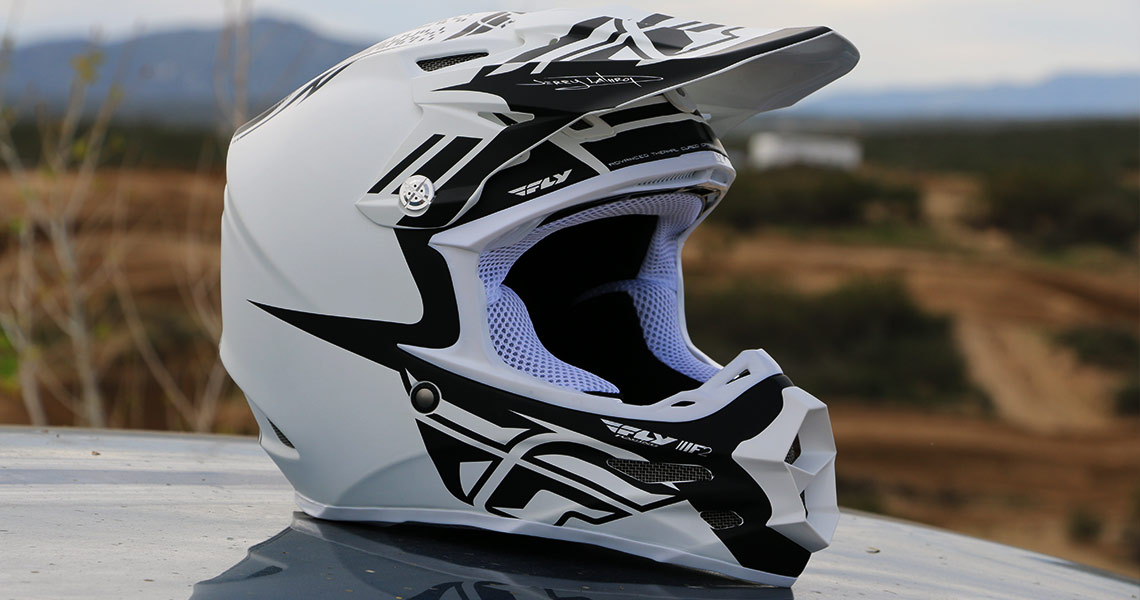
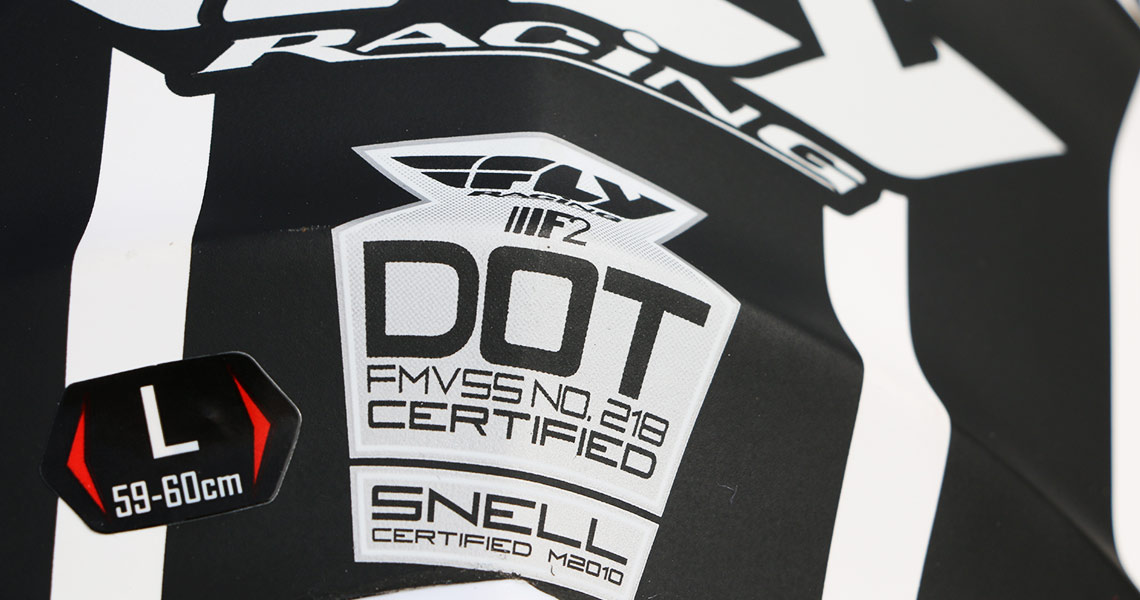


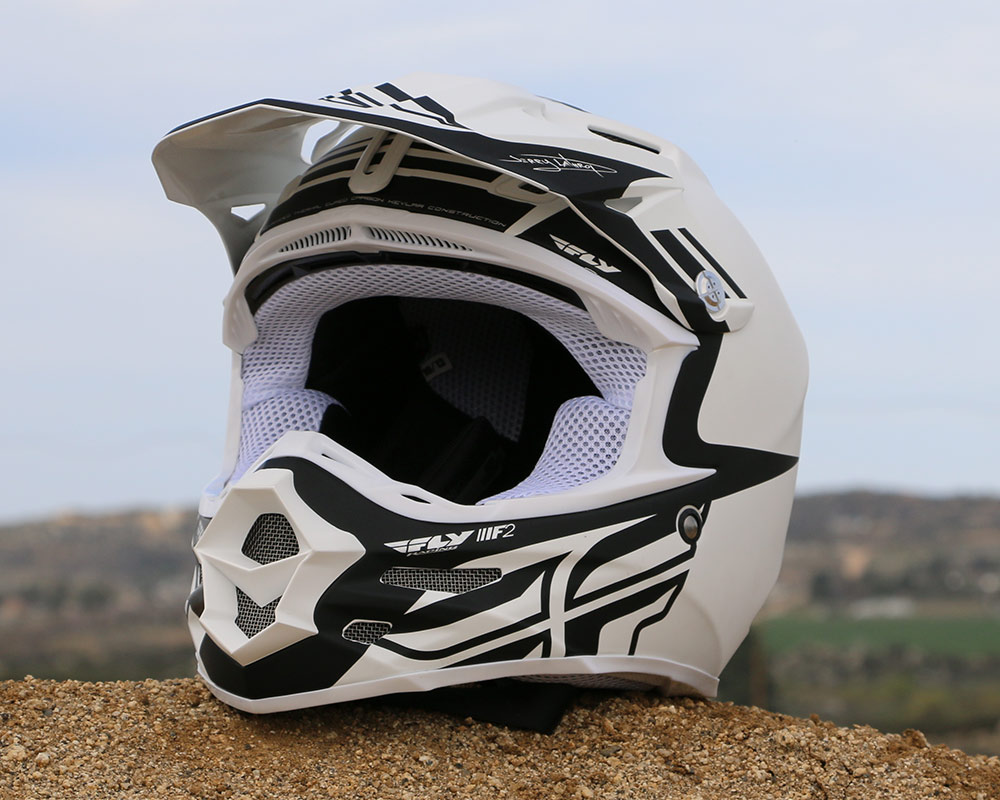
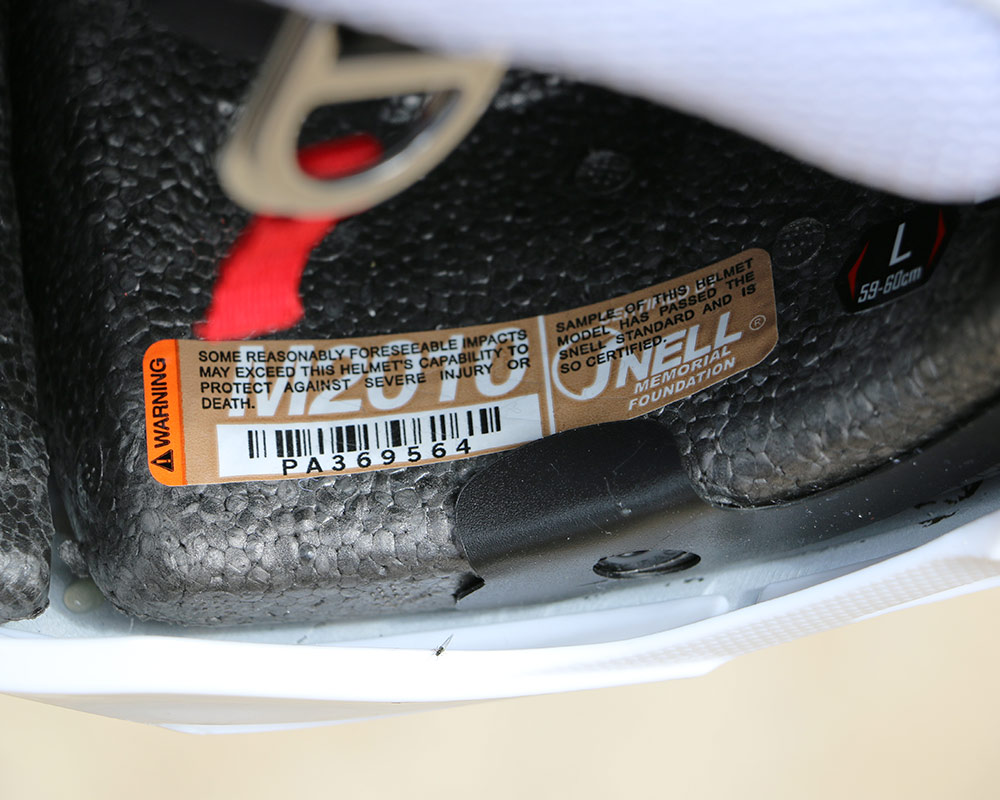
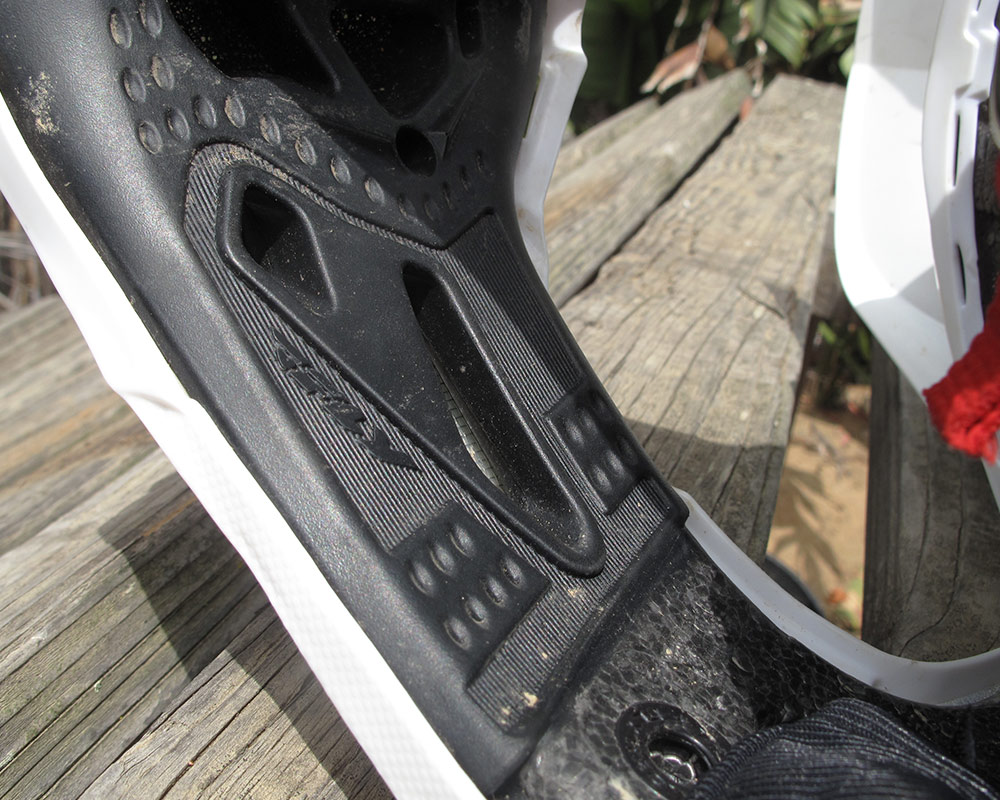
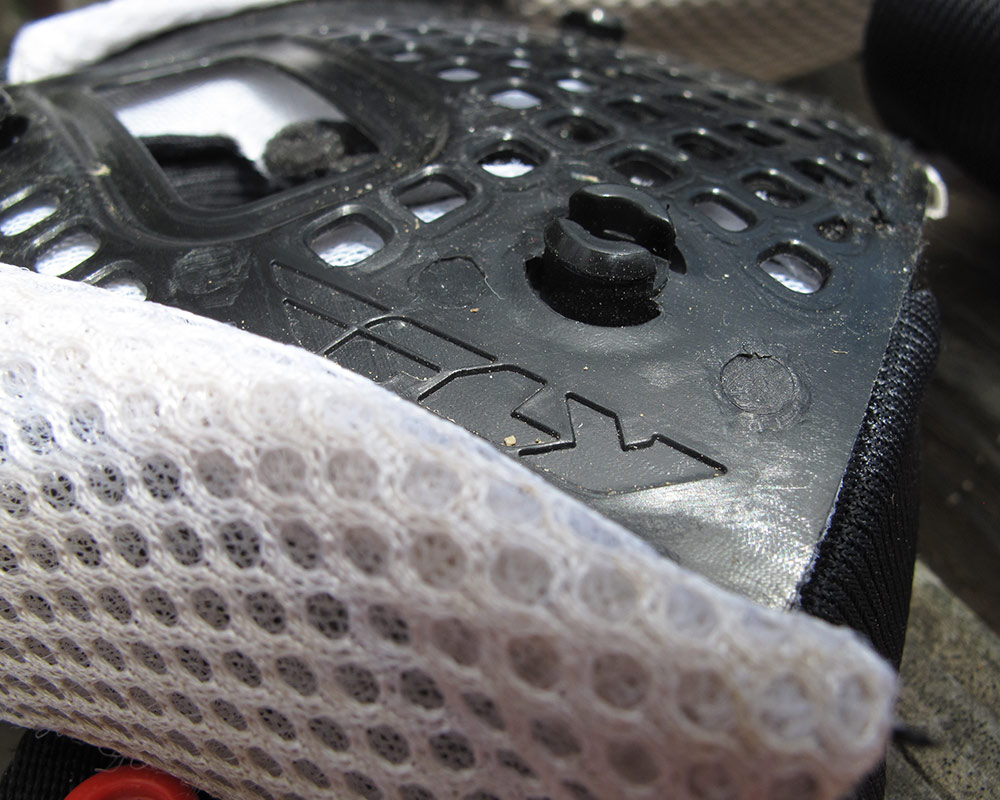
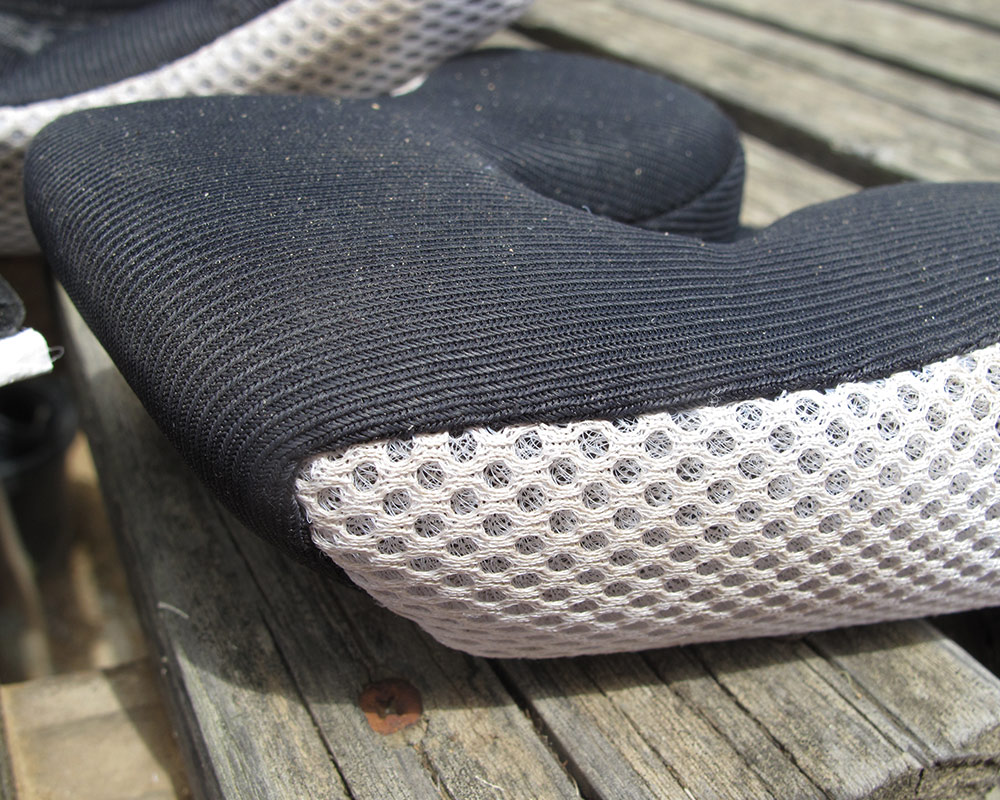
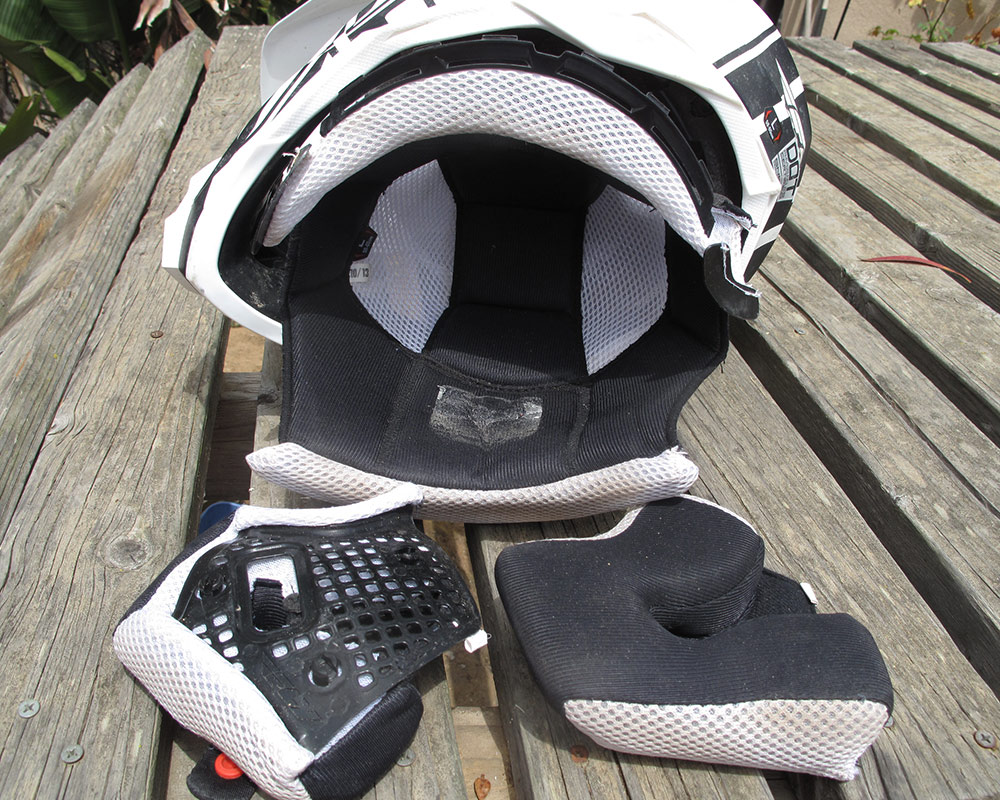
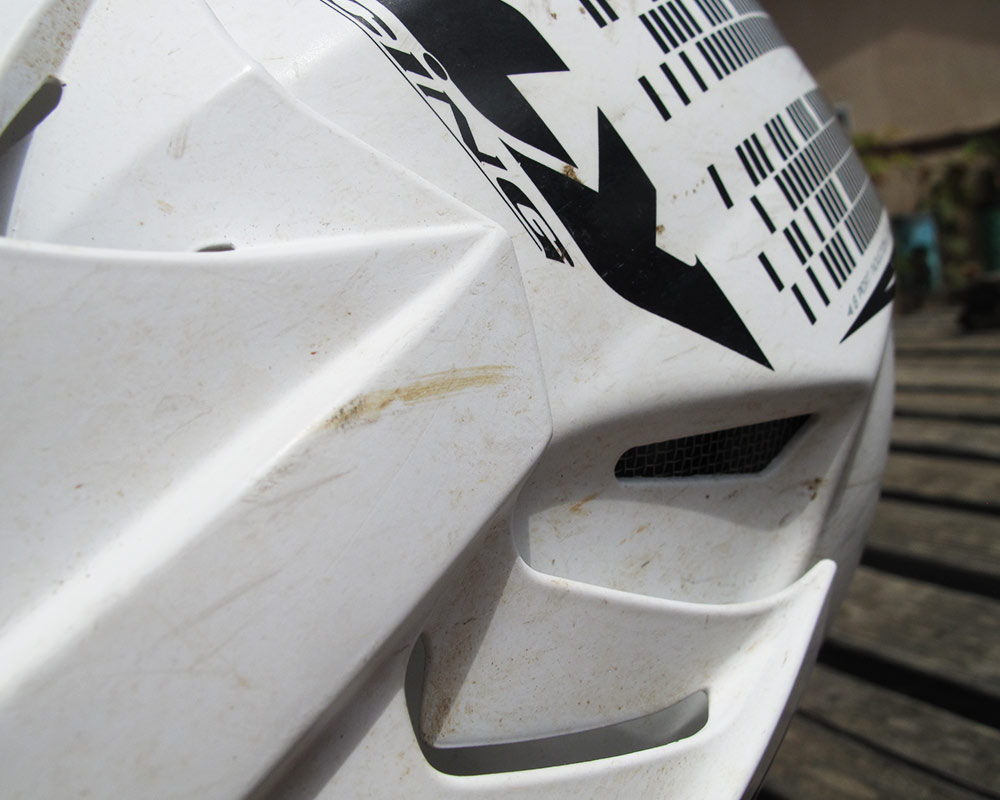
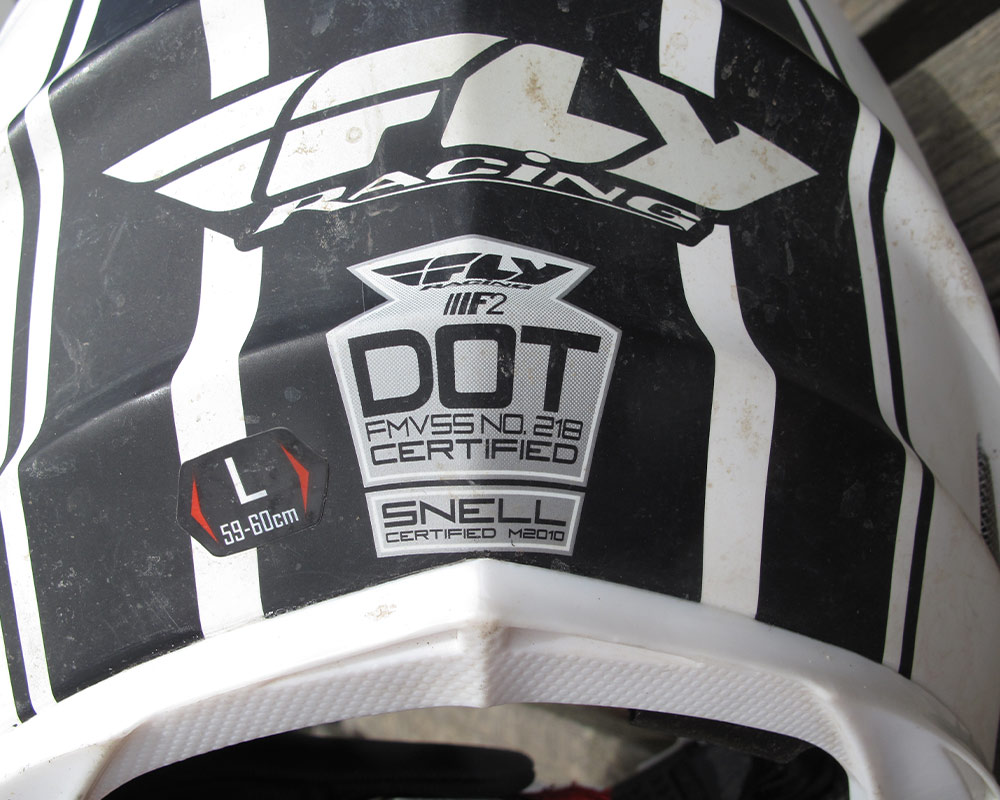
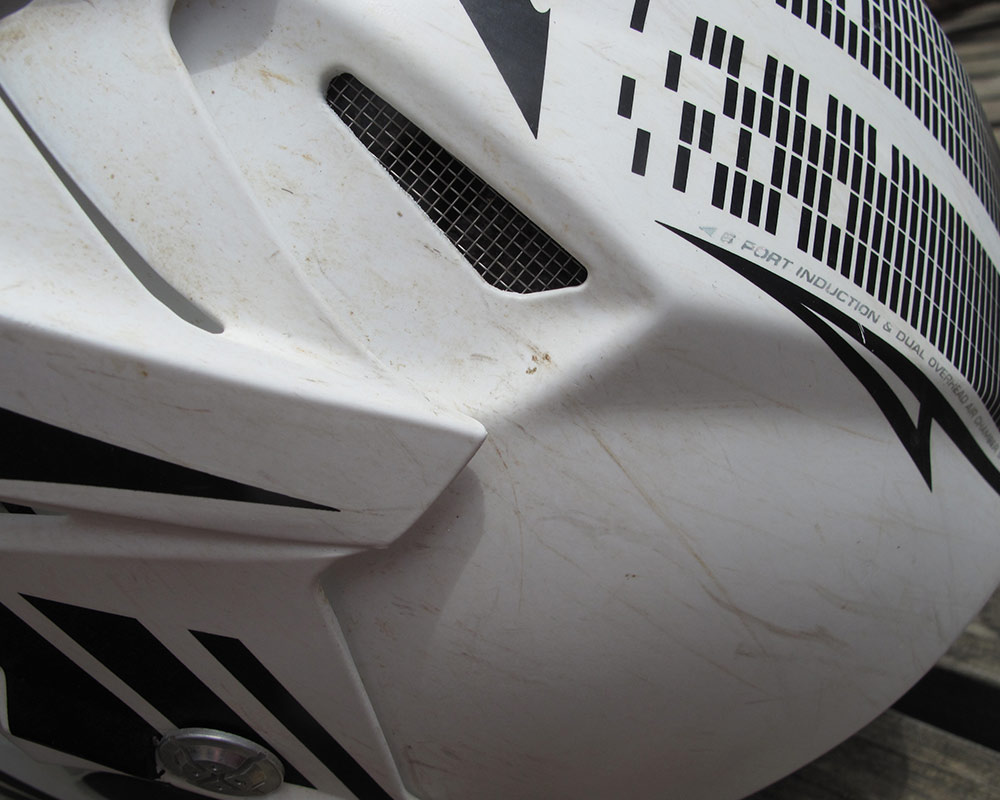
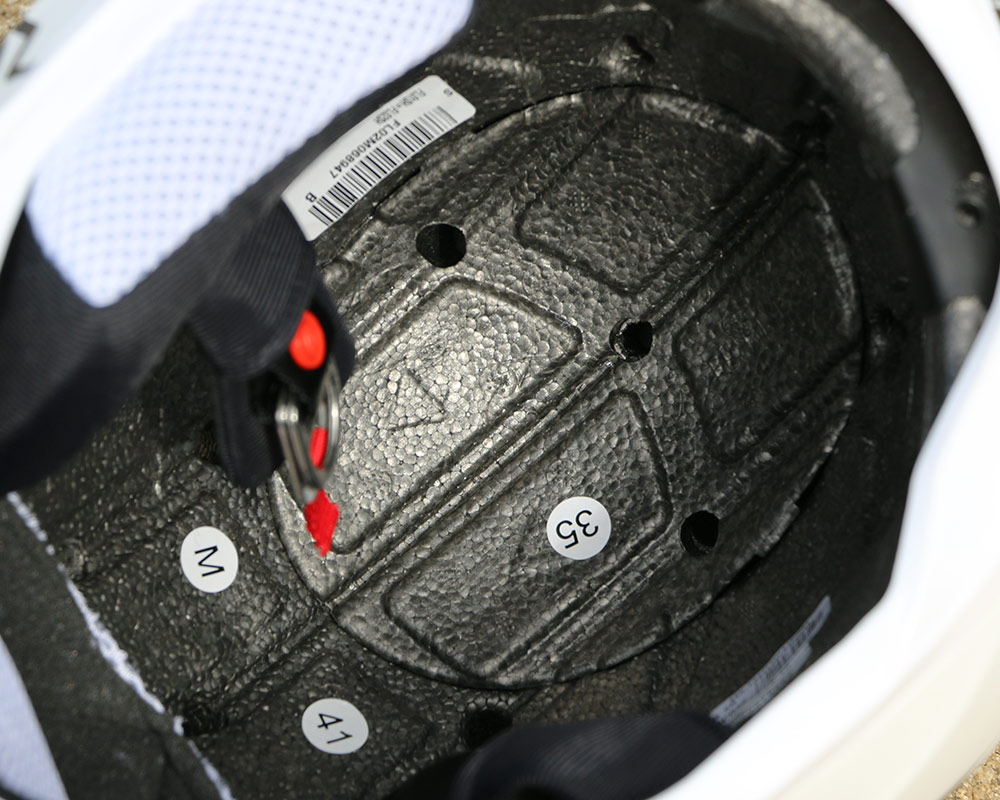
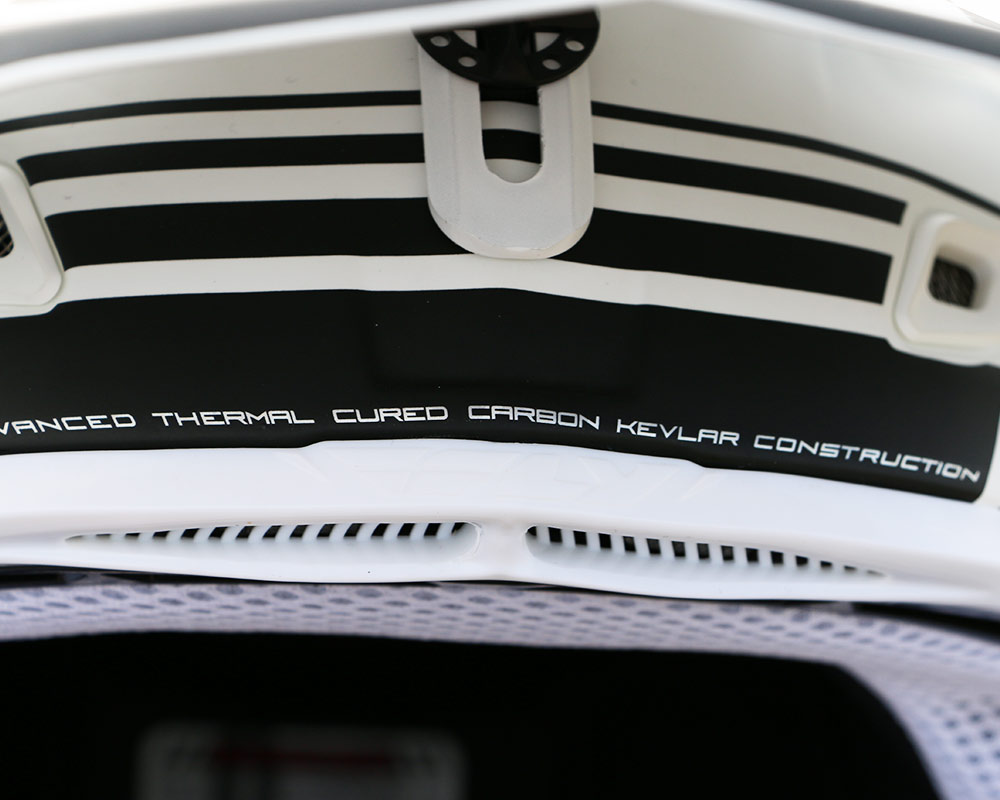
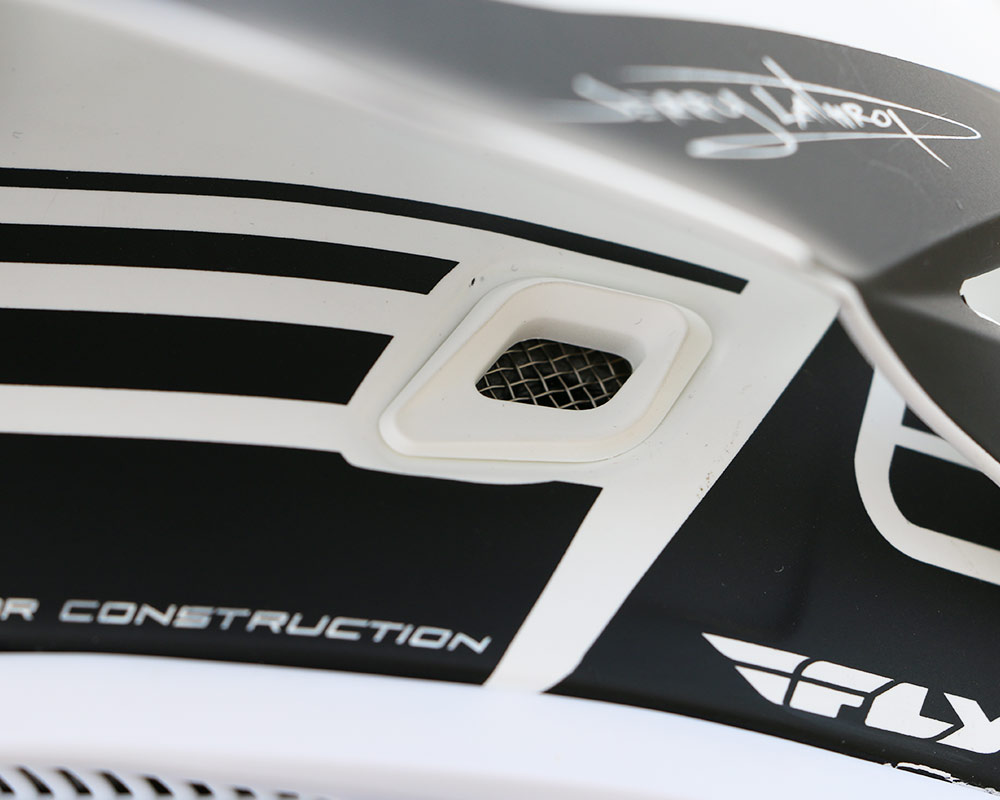
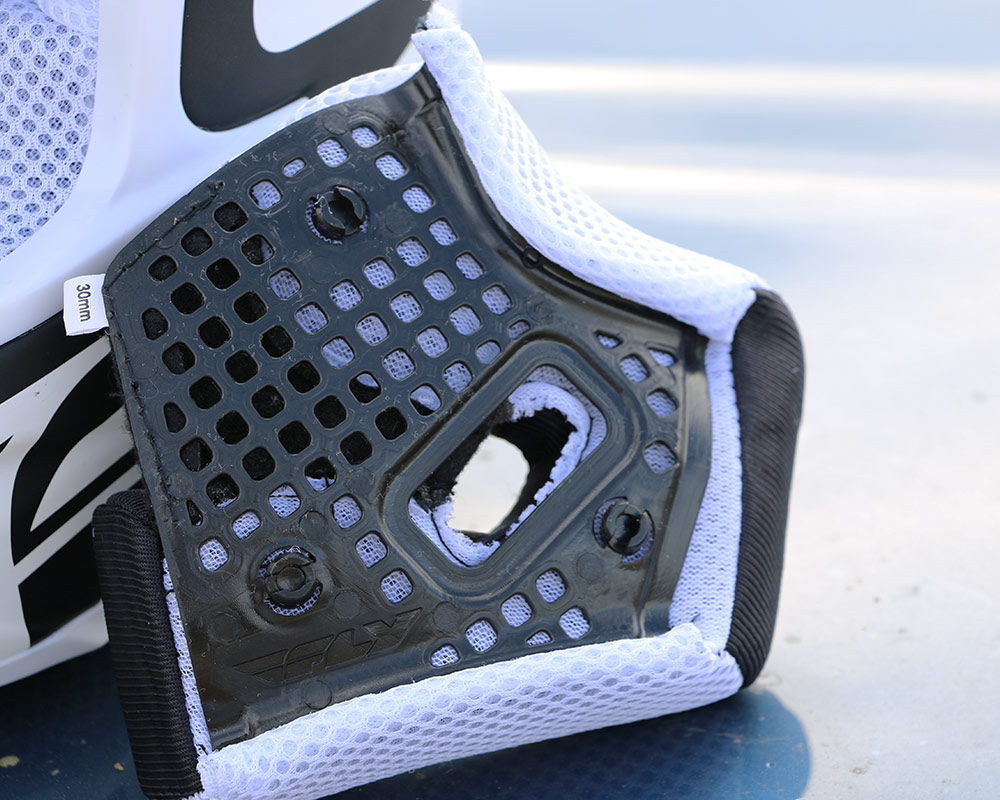
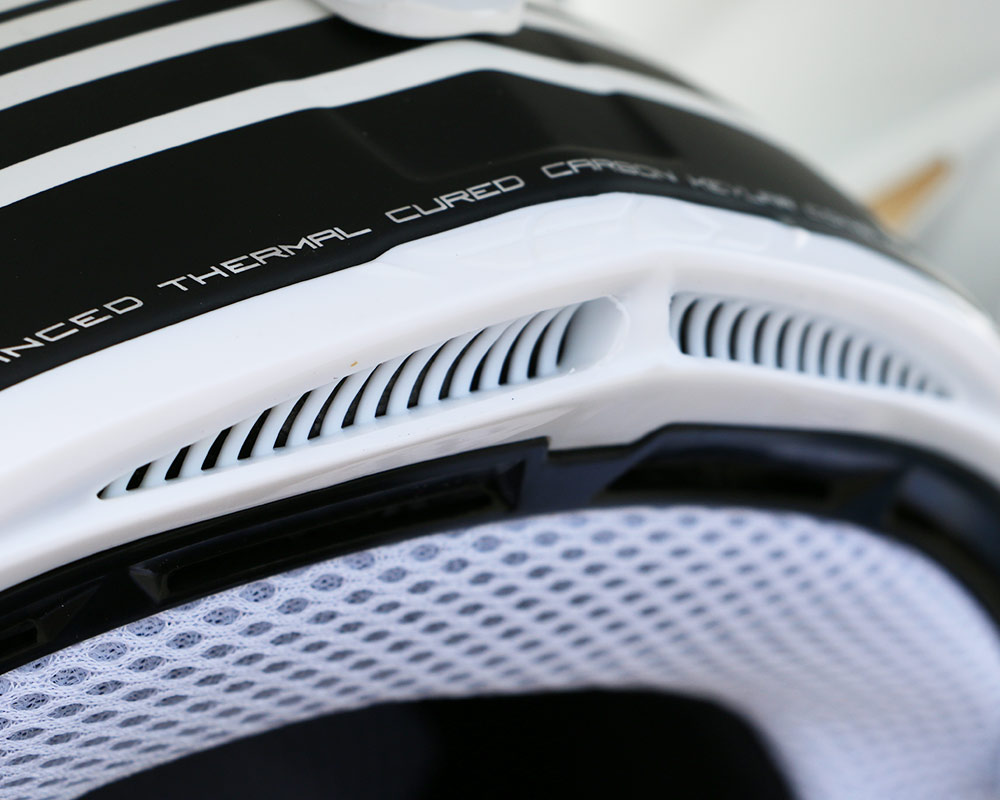
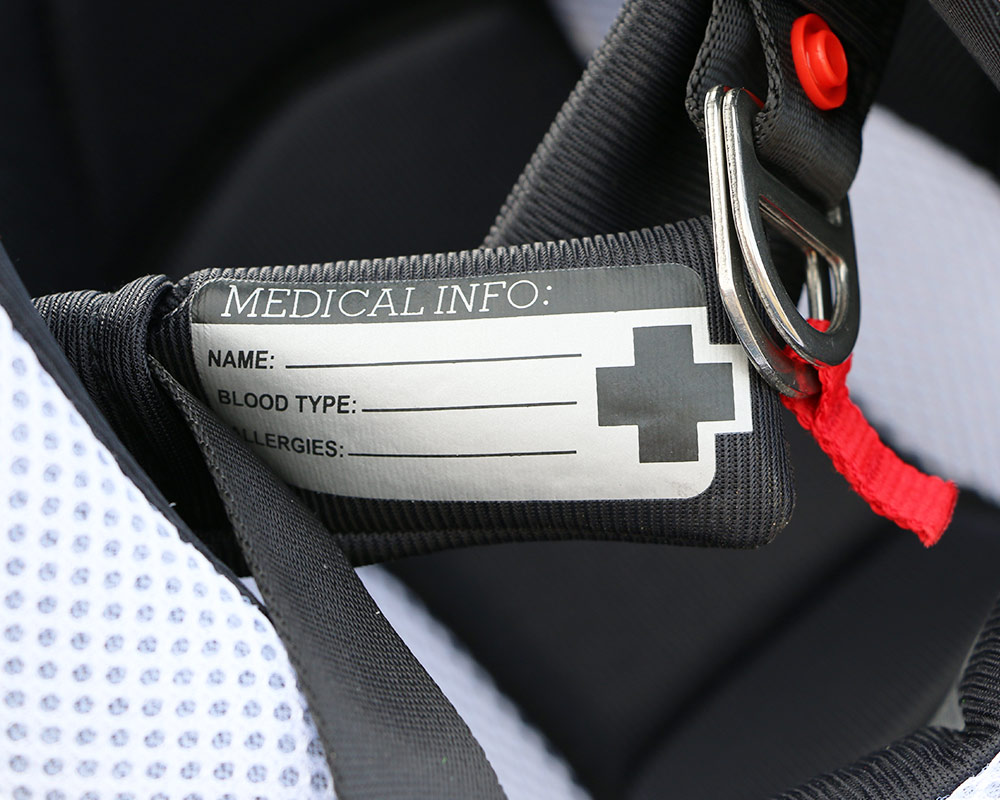
2 Responses to “Fly F2 Carbon Helmet”
Paul
What’s your rule of thumb for putting a helmet out to pasture? How are you supposed to know if the hit was hard enough to damage the liner?
Jimmy Lewis
If you ring your bell, that is a good indication the helmet has done its job. If you don’t know how to look at the foam (and you sometimes can’t see the damage because it is on the side of the shell) then error of the side of safety.